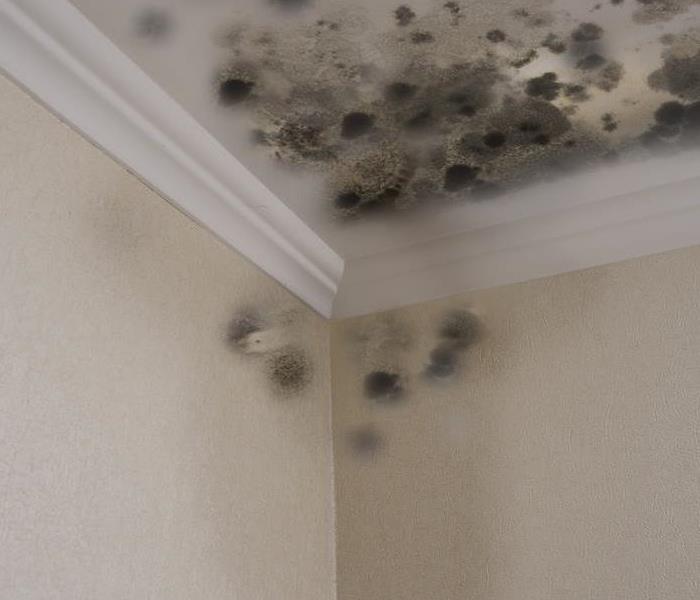Frequently Asked Questions About Mold
10/26/2023 (Permalink)
Mold is a common household issue that can cause various problems if left unchecked. In this blog, we will address frequently asked questions about mold. By providing informative answers, we aim to help you understand mold better and take necessary steps to prevent and address mold-related issues in your home.
What is Mold?
Mold is a type of fungus that can grow in damp environments. It appears as discoloration on surfaces, often green, black, or white in color. Mold reproduces by releasing tiny spores into the air. These spores can settle in various areas of your home and potentially lead to mold growth if conditions are favorable. Mold thrives in moisture-rich environments and can spread rapidly if not properly addressed.
What Causes Mold Growth?
Mold requires moisture to grow and multiply. Common causes of mold growth include water leaks, high humidity levels, condensation, or flooding. Areas with inadequate ventilation, such as bathrooms or basements, are particularly prone to mold growth. Mold can also grow on organic materials like wood or paper if they become damp. Identifying and addressing the source of moisture is crucial in preventing mold growth and spread.
How Can I Prevent Mold?
Preventing mold growth begins with moisture control. Regularly inspect your home for leaks, fix any plumbing issues promptly, and address moisture problems in areas with poor ventilation. Ensure proper airflow and ventilation in bathrooms, kitchens, and other moisture-prone areas. Use dehumidifiers in humid regions or during wet seasons. Keep indoor humidity levels below 60%. Regularly clean and dry affected areas, and promptly remove and replace mold-infested materials.
How Do I Clean and Remove Mold?
Small areas of mold growth can typically be cleaned with a mixture of detergent and water. Gently scrub the affected area, ensuring it is thoroughly dried afterward. More extensive mold infestations might require professional assistance. When cleaning mold, it is essential to wear protective gear such as gloves, goggles, and a respirator. Avoid dry brushing or vacuuming mold, as it can release spores into the air, potentially spreading the problem further.
Can Mold Come Back After Cleaning?
While proper cleaning and removal techniques can eliminate visible mold growth, it's important to note that spores may still be present in the air or on surfaces. These spores can potentially regrow if conditions become favorable again, such as if moisture levels rise. To minimize the chances of mold returning, continue practicing good moisture control, maintain proper ventilation, and promptly address any water leaks or excessive humidity. Regular monitoring and preventive measures can help prevent mold from coming back.
By addressing frequently asked questions about mold we aim to provide valuable information on how to prevent and address mold-related problems in your home. By understanding the causes of mold growth and following proper preventive and cleaning measures, you can maintain a clean and mold-free living environment for you and your family.





 24/7 Emergency Service
24/7 Emergency Service
